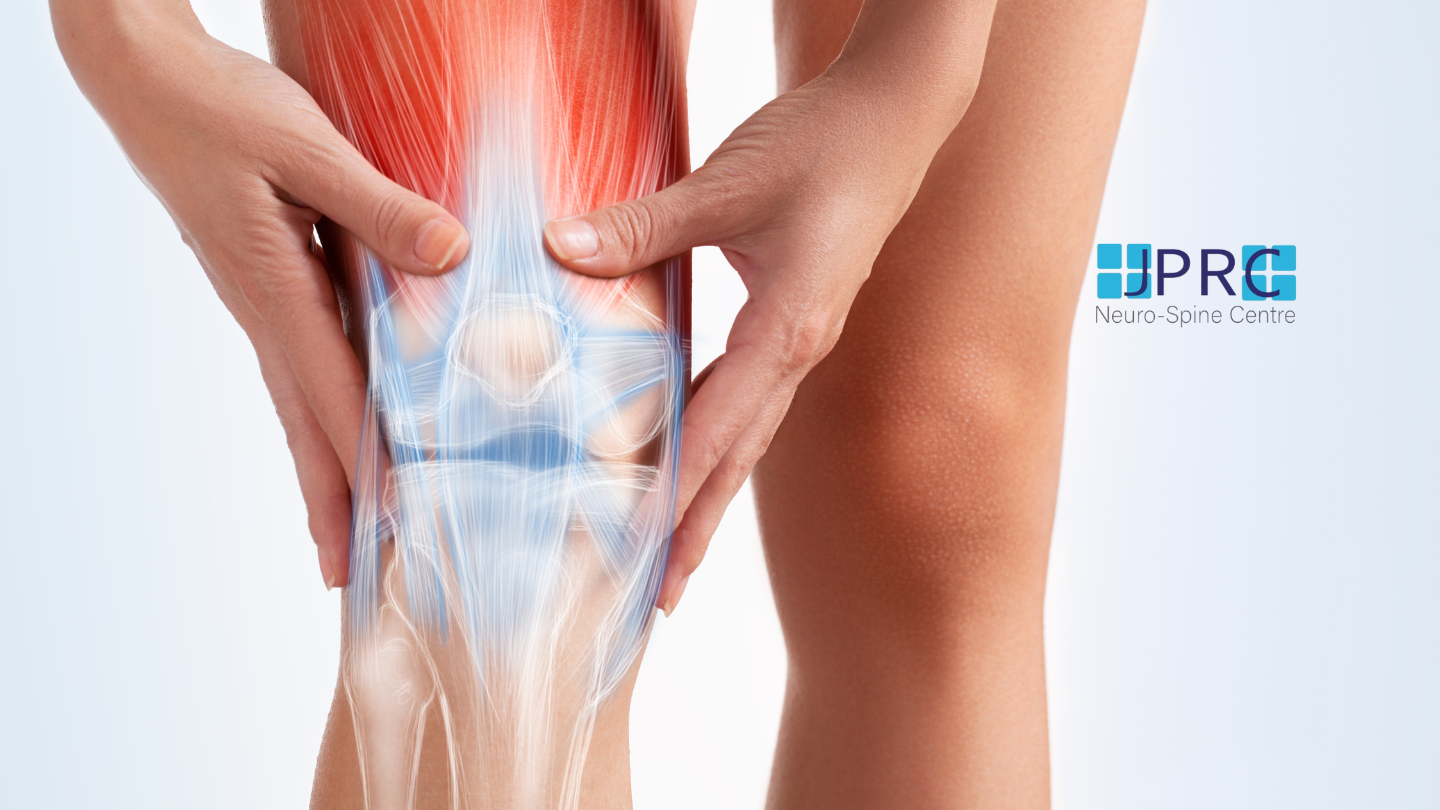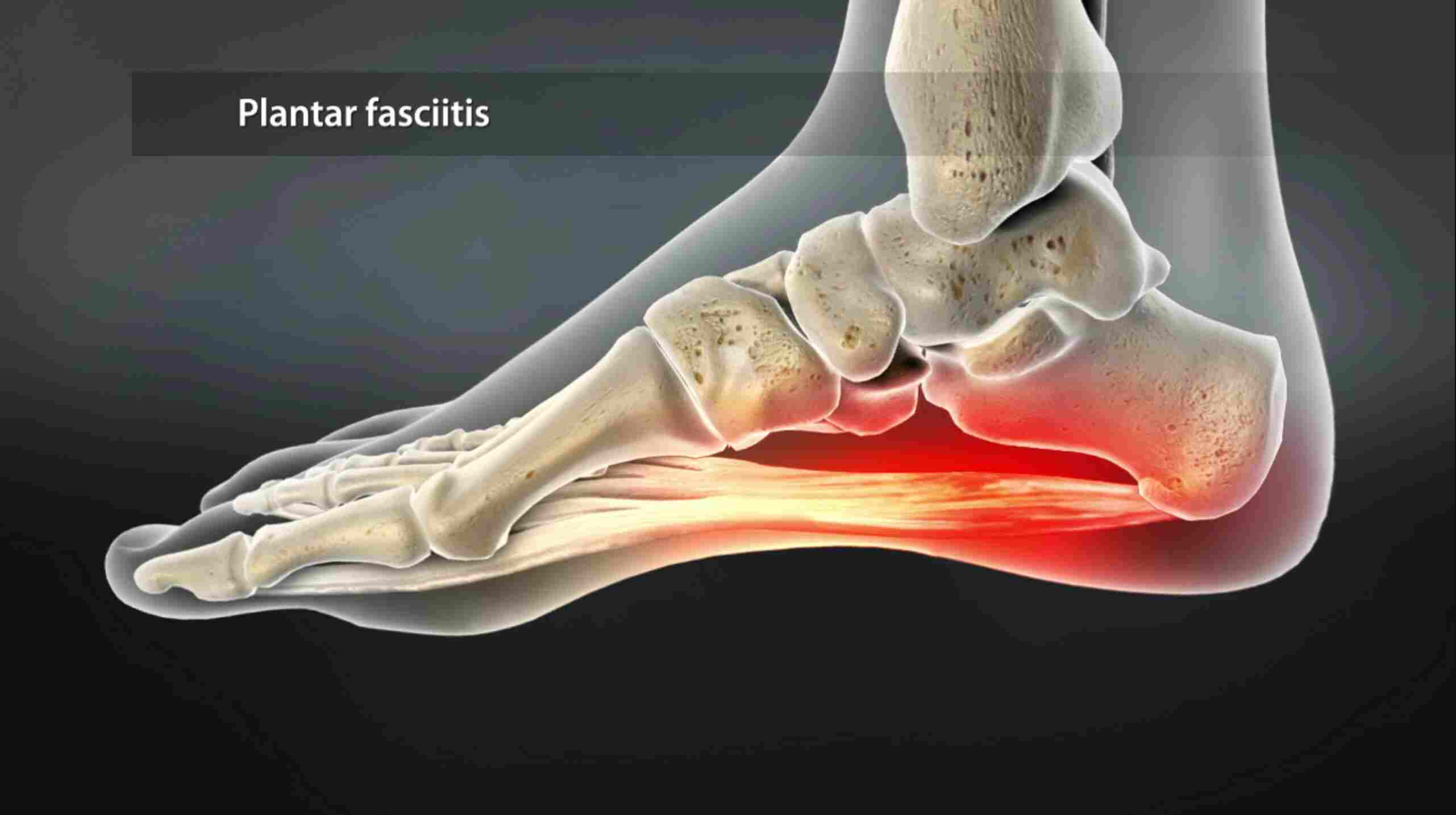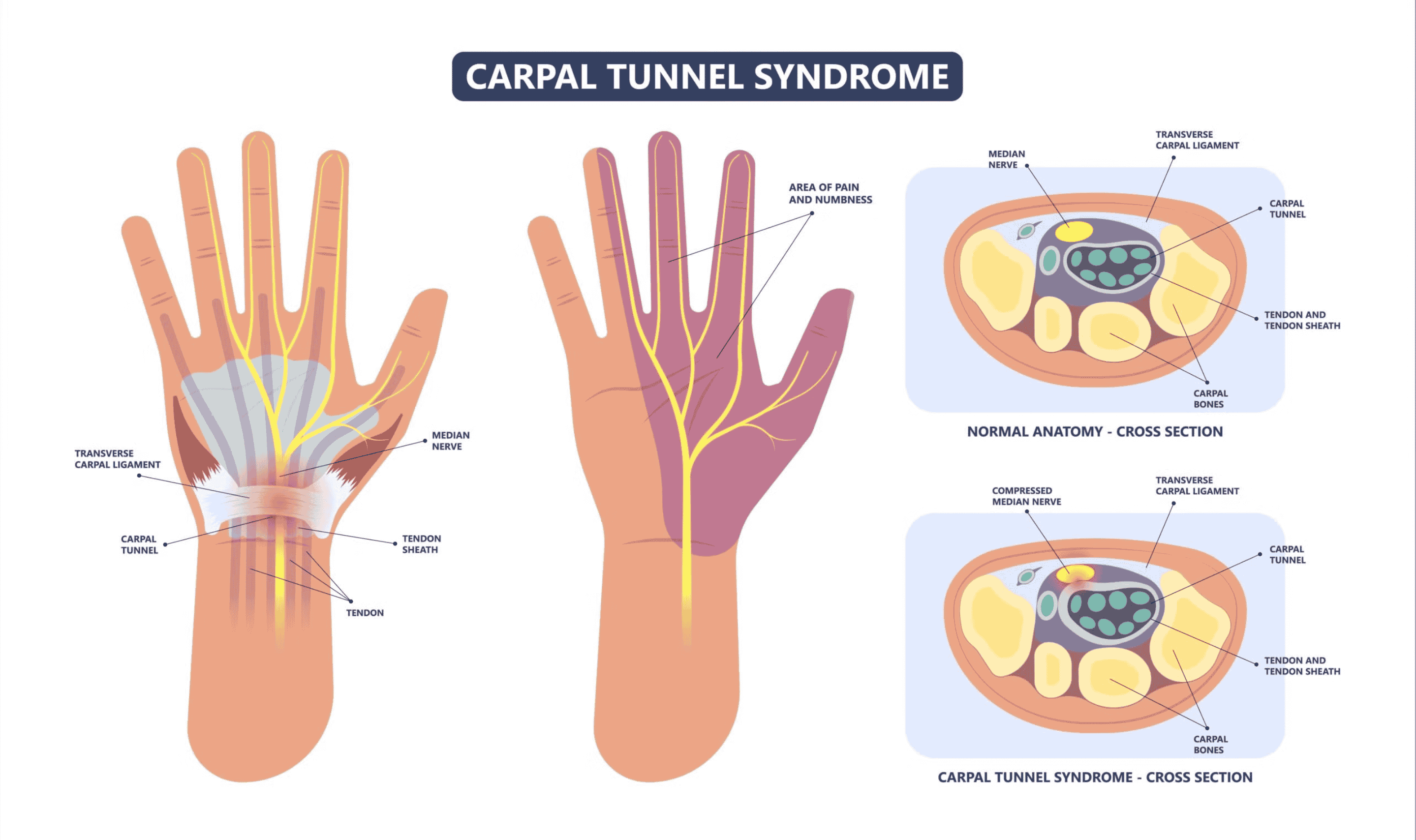cervical facet syndrome
What causes cervical facet syndrome?
Facet syndrome can be caused by mechanical trauma, such as a whiplash injury of the neck. Abnormal postures can overload spinal tissues, including the cervical facet joints, and cause inflammation around facet joints, and causes constant or periodical pain in these joints. Cervical facet osteoarthritis
Cervical facet joint syndrome
This is a degenerative condition that causes pain and stiffness in the cervical region, or Neck, region of the cervical spine. These joints provide stability, while also enabling neck movements such as turning around or nodding the head in a forwarding and backward direction
What are the symptoms of facet joint problems?
Some common symptoms do occur in patients with facet disease[facet joint syndrome], those include:
- Throbbing pain
- Pain that goes from the back of the neck out to the shoulders.
- Bone spurs.[osteophyte]
- Inflammation.
- Localised or generalised Tenderness of certain areas of the spine
Diagnostic application for cervical pathology
-
A thorough examination by your pain physician may order the following tests to make a more concise and appropriate diagnosis:
-
X-rays to determine if there is any joint degeneration, fractures, bony malformations, arthritis, tumours or infection present.
-
MRI to determine any soft tissue involvement including visualization of the discs, spinal cord and nerve roots.
-
CT scans determine which can give a cross-section view of the spinal structures and bony structure together
Medications for cervical facet joint syndrome
Your physician may recommend several medication options individually or in combination to reduce the pain, inflammation and muscle spasms that may be associated with facet joint injuries.
- The counter Medications for Mild to Moderate pain.
- If the counter Medications are not effective your Pain Physician may prescribe stronger pain medication.
- Anti-inflammatory drugs or prescription NSAIDs (non-steroidal anti-inflammatory drugs) to reduce inflammation following acute injury.
- Muscle relaxers to reduce acute Muscle Spasm.
- Injections such as facet injections, Nerve Blocks or Cervical Epidural injections. These may involve the injection of a corticosteroid along with a local anaesthetic agent to specific nerves and facet joints structure to reduce local inflammation.
Non-Responsive Conditions
In the case of conditions that do not respond to conservative care, surgery may be indicated. If you continue to experience some of the following symptoms surgery may be necessary:
- An increase in Radiating or Radicular pain
- Pain or nerve irritation that gets worse over time
- Associated Disc involvement
Medical Procedures [Fluro or ultrasound-guided Injections]
-
Like facet injections, Nerve blocks or an Epidural. These may involve the injection of corticosteroids to a specific structure to reduce local inflammation.
- Caudal Epidural Injections
- Facet Joint Injections
- Interlaminar Caudal Epidural Steroid Injections
- Medial Branch Blocks
- Selective Nerve Root Blocks
Surgical Procedures[Minimal Invasive Procedure]
-
To reduce the effects of the degenerative spine on pain-producing structures of the spine.
- Endoscopic Decompression
- Endoscopic Foraminotomy
- Laser Facet Rhizotomy
- Facet Thermal Ablation
- Radiofrequency Ablation medial branch










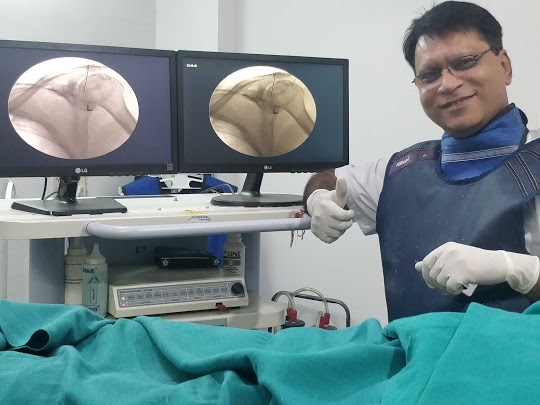



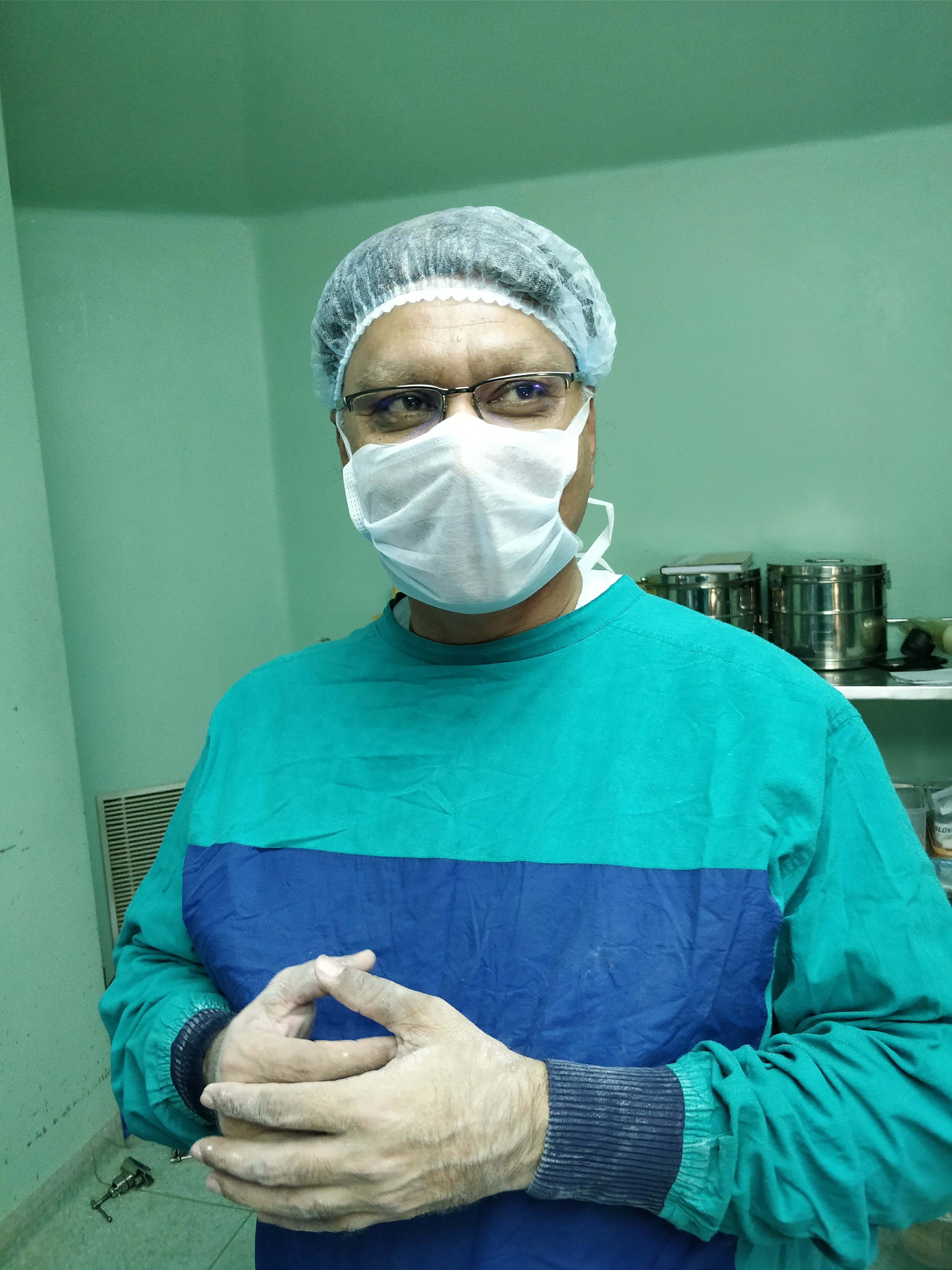
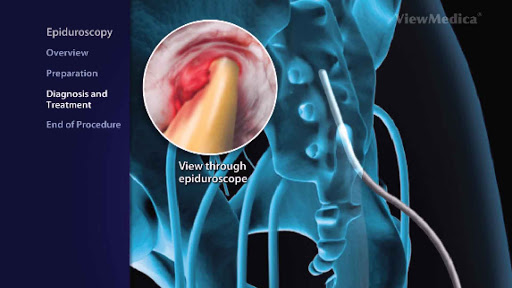

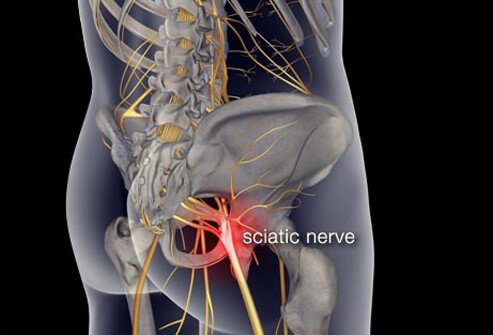

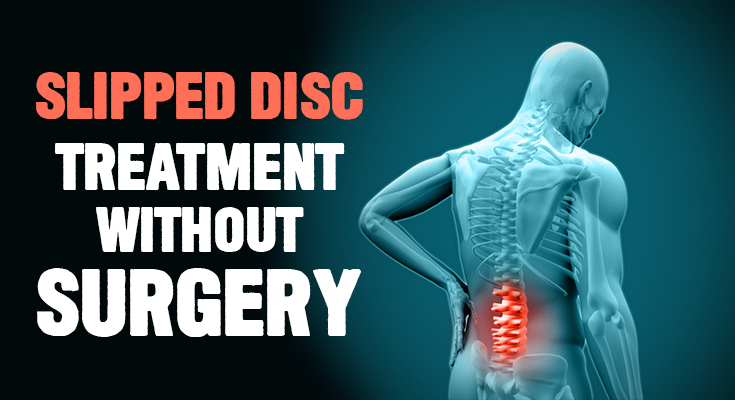




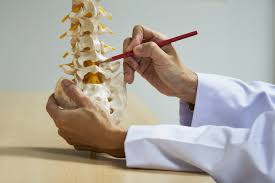
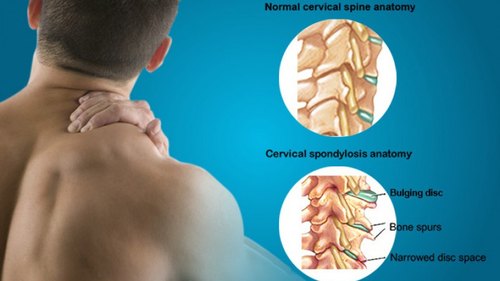
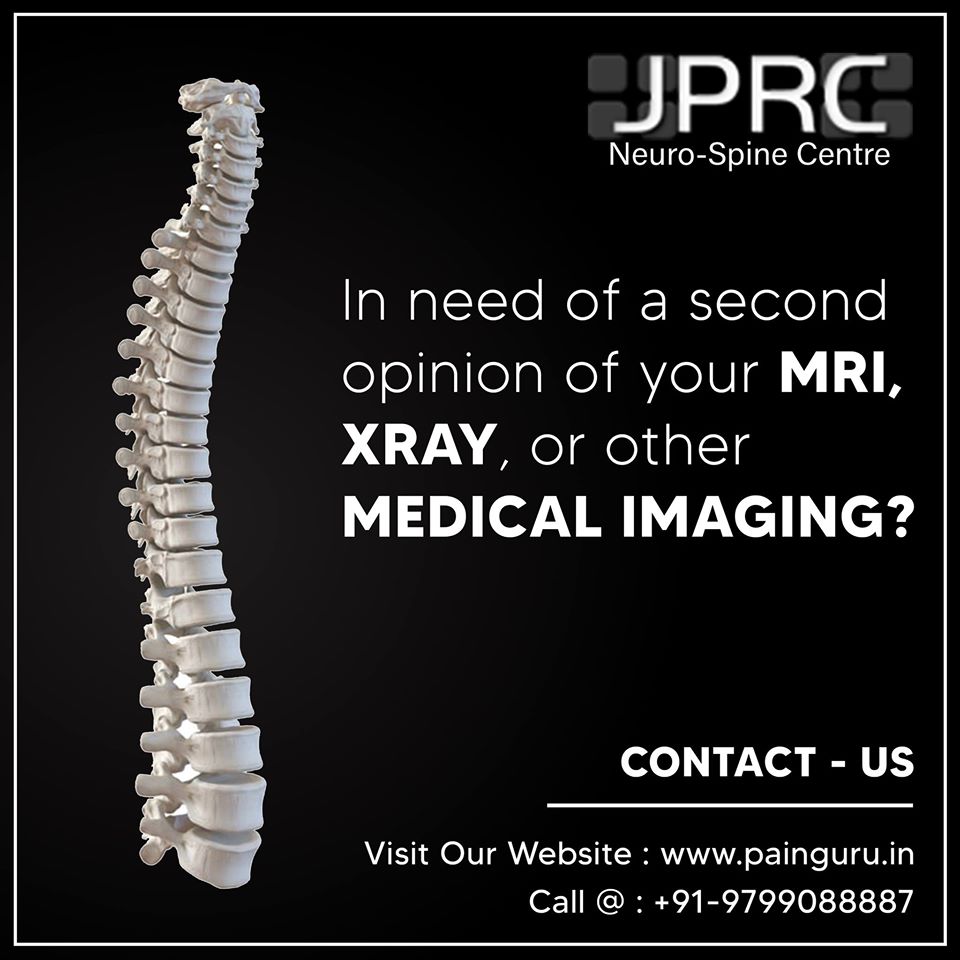






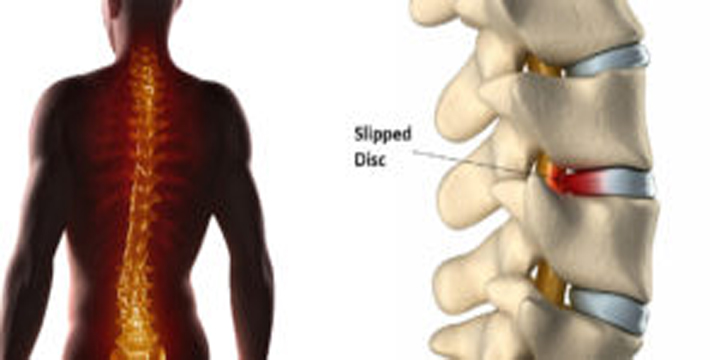
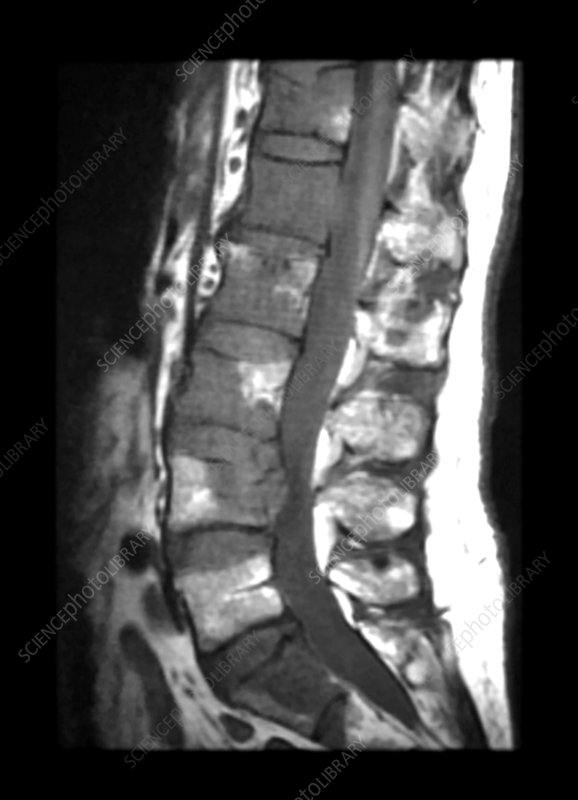




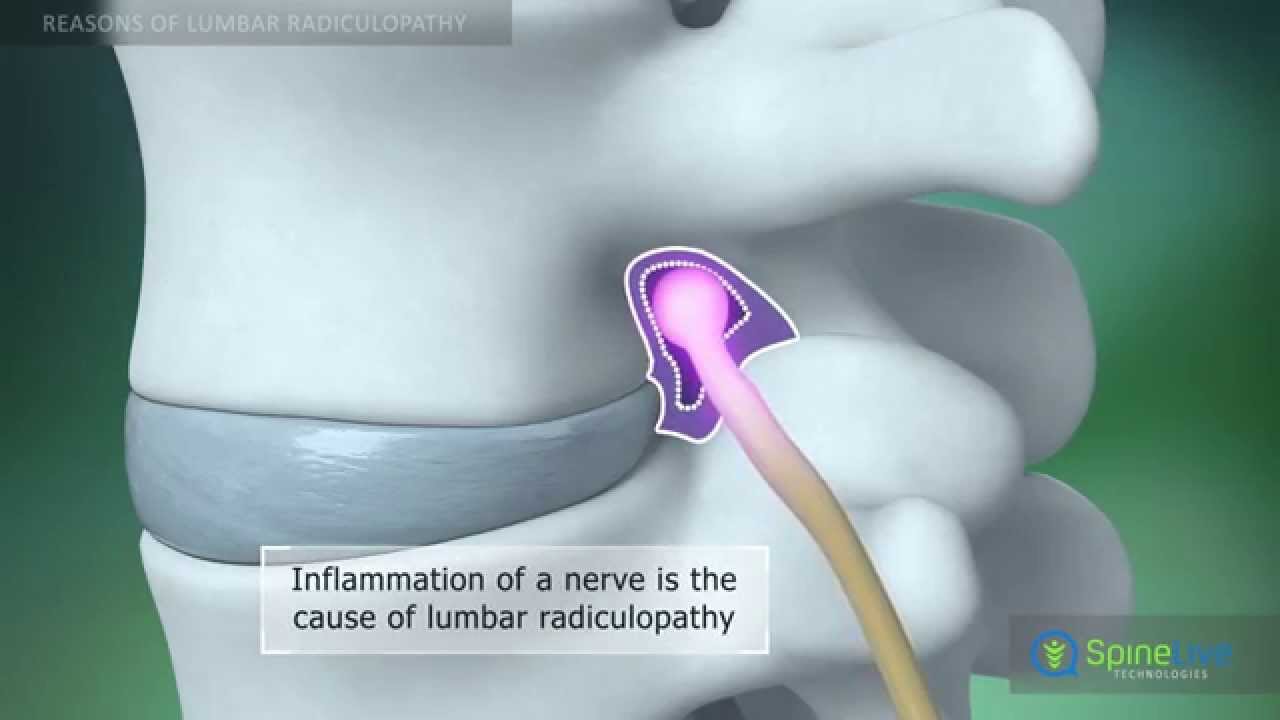
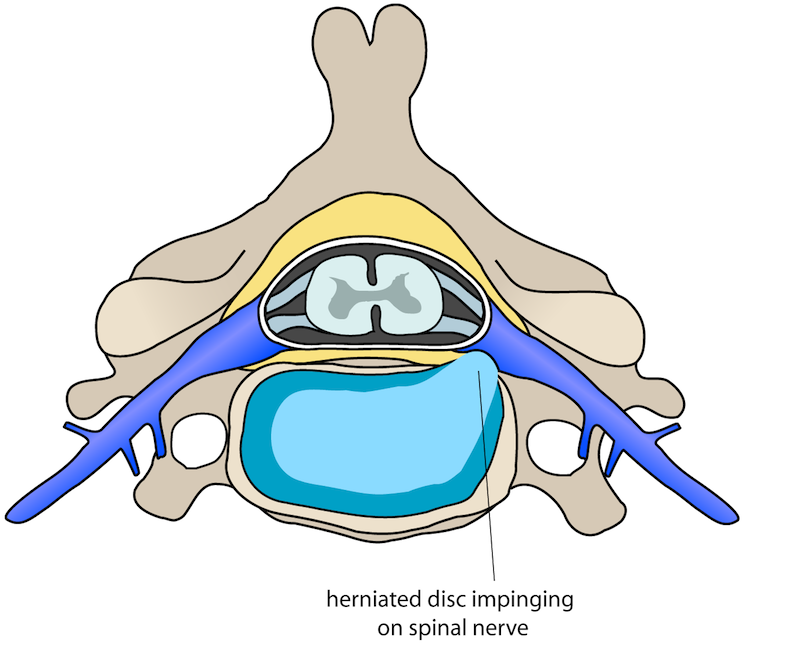
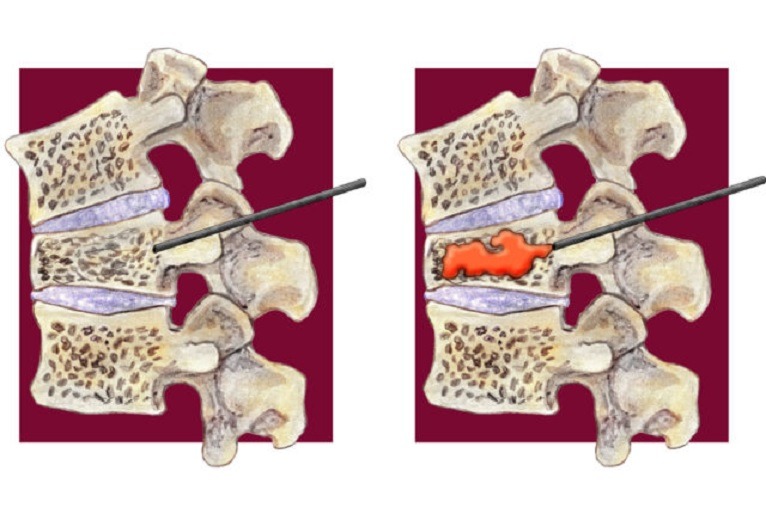











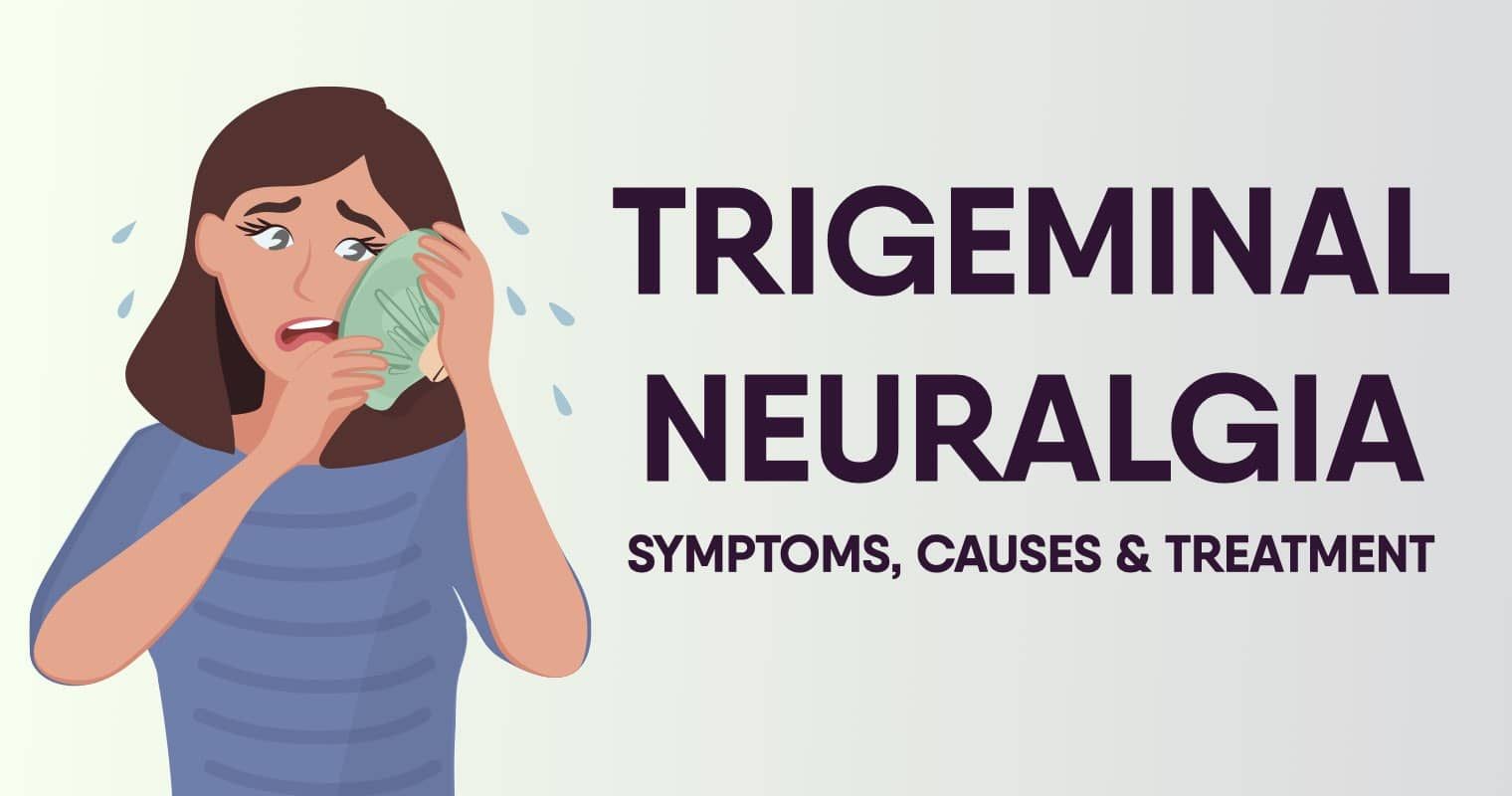
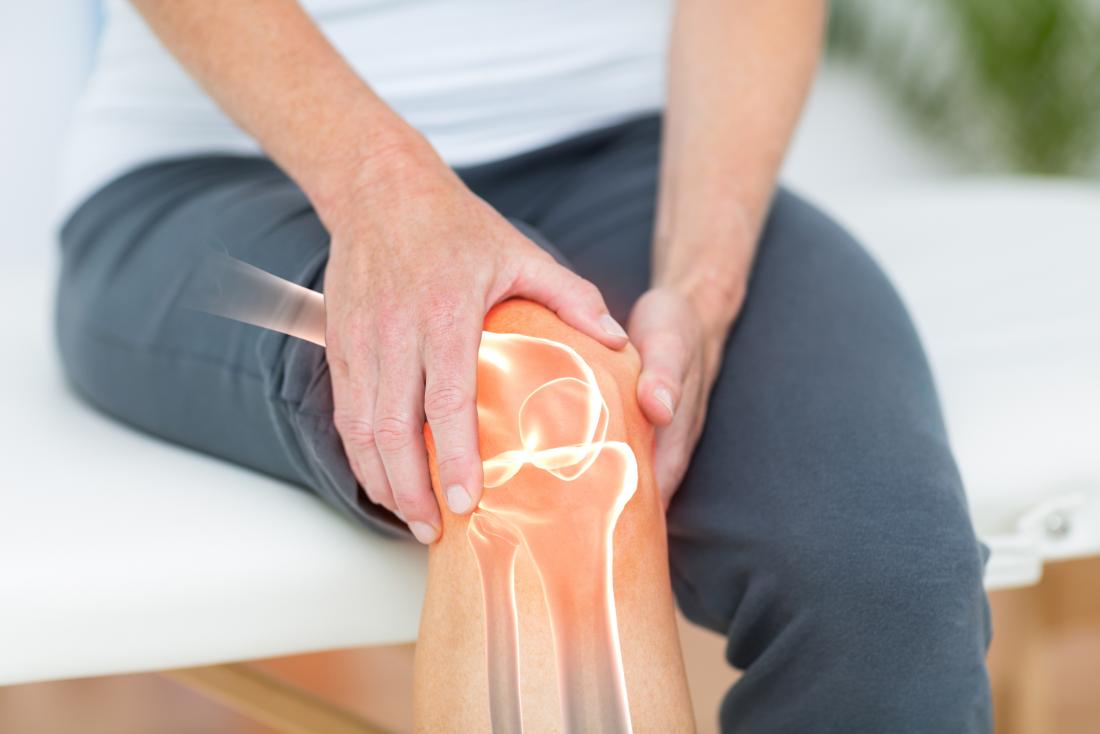
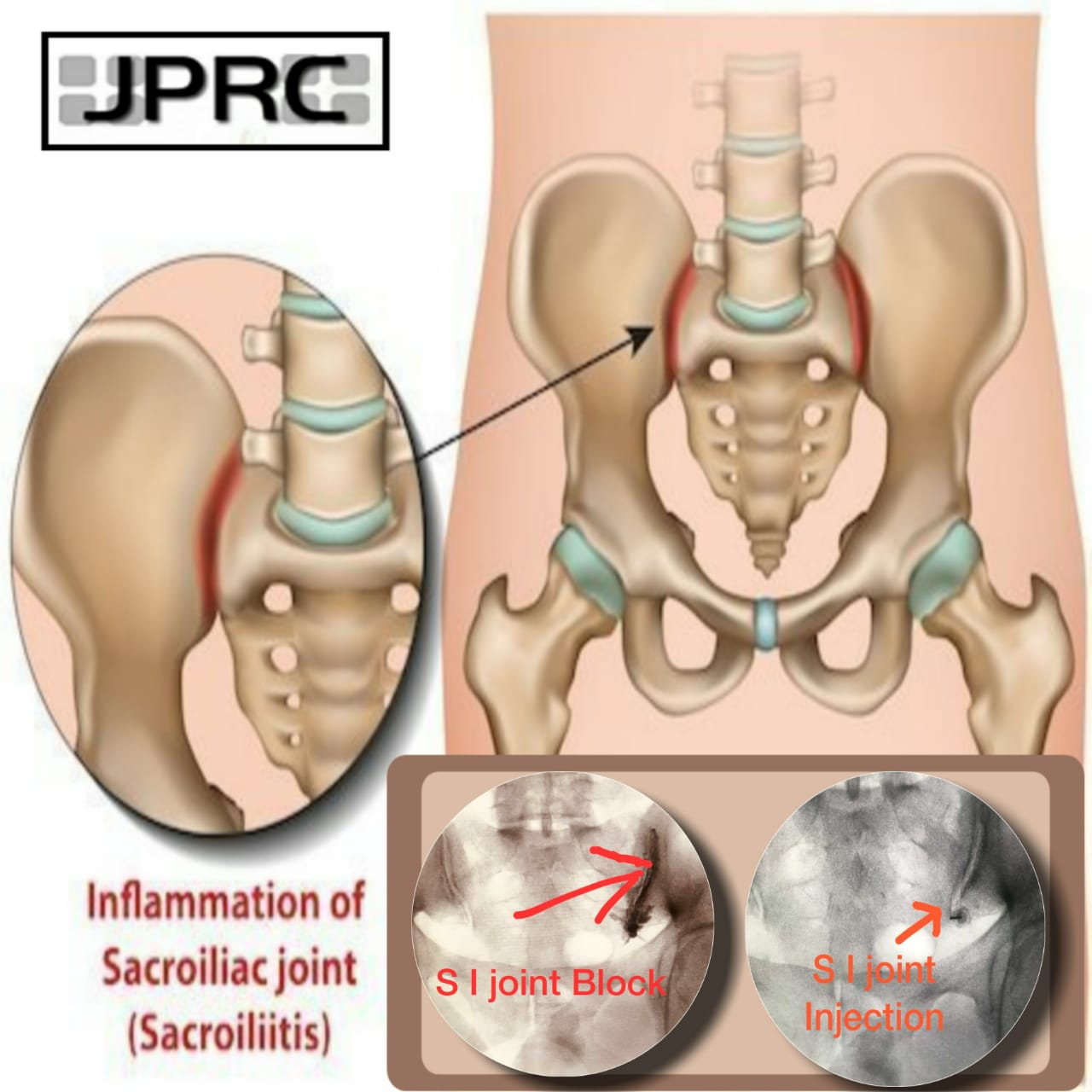





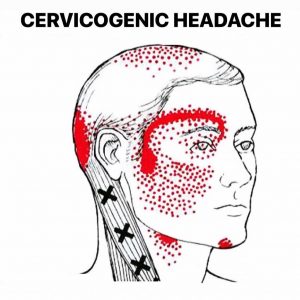




.jpg)




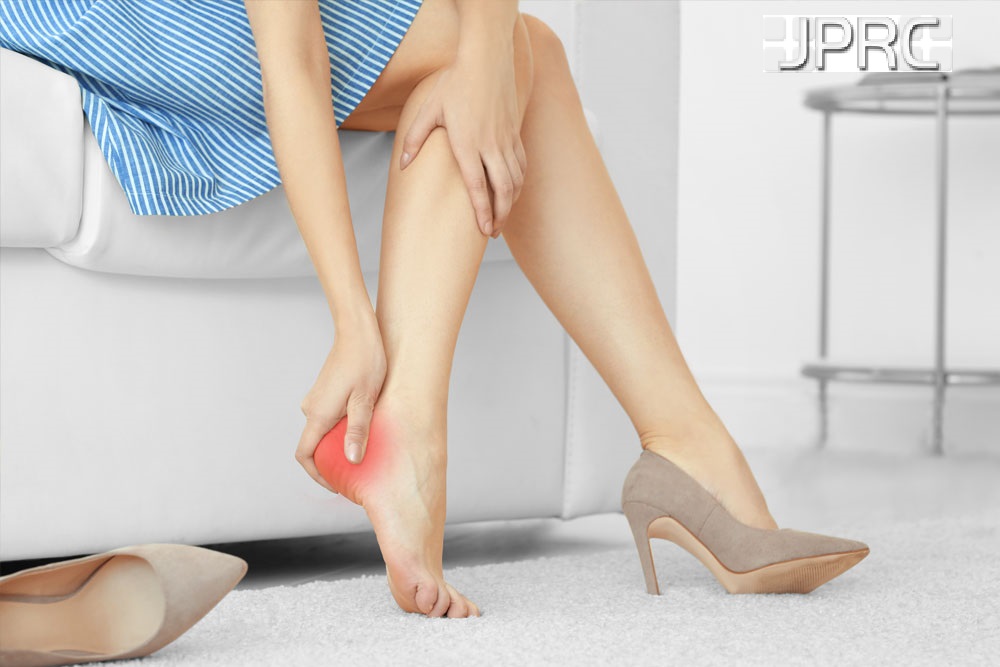

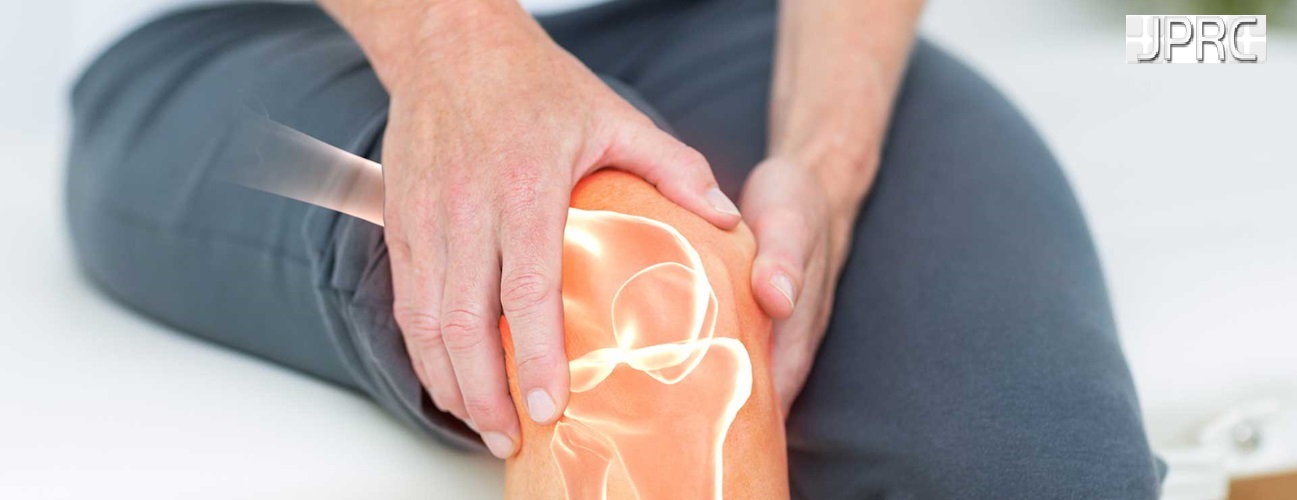

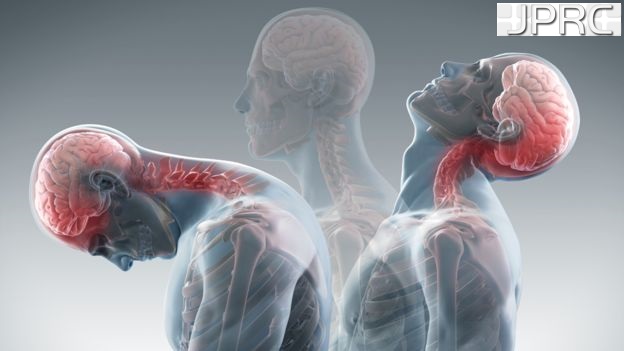


_Injection_Description_in_Hindi.jpg)
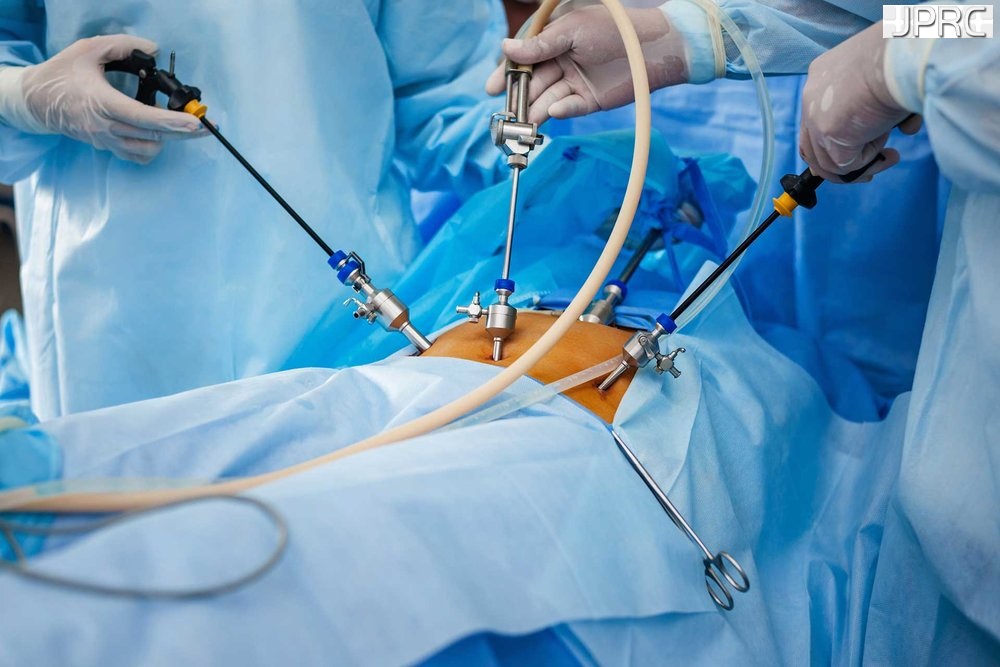

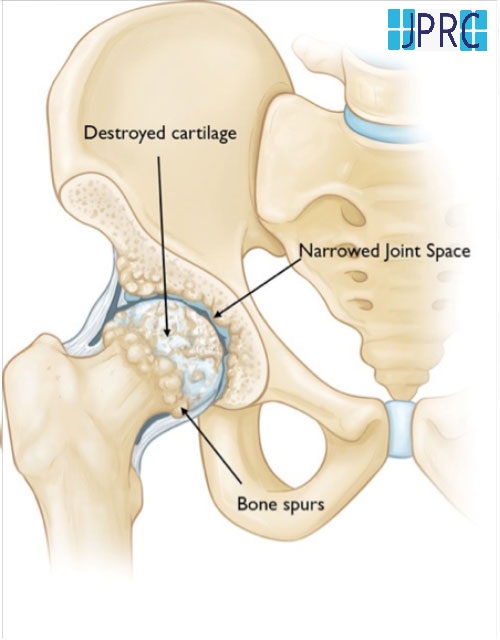



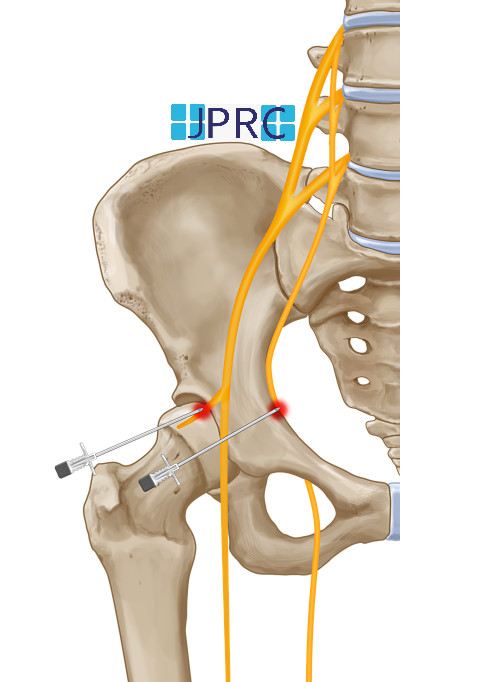


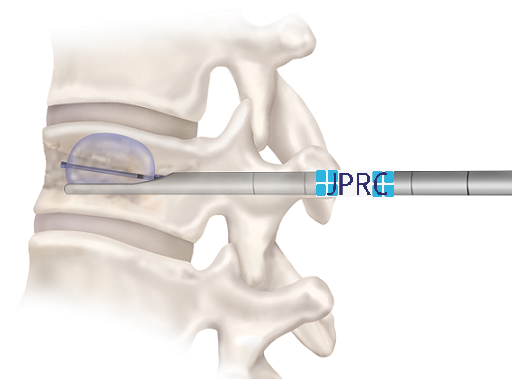

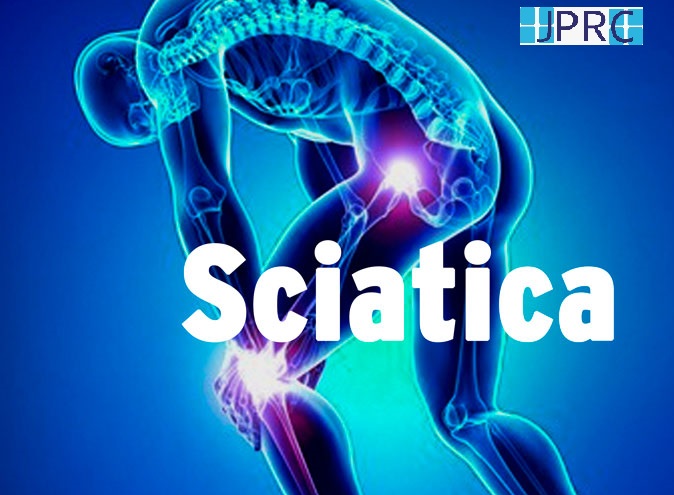



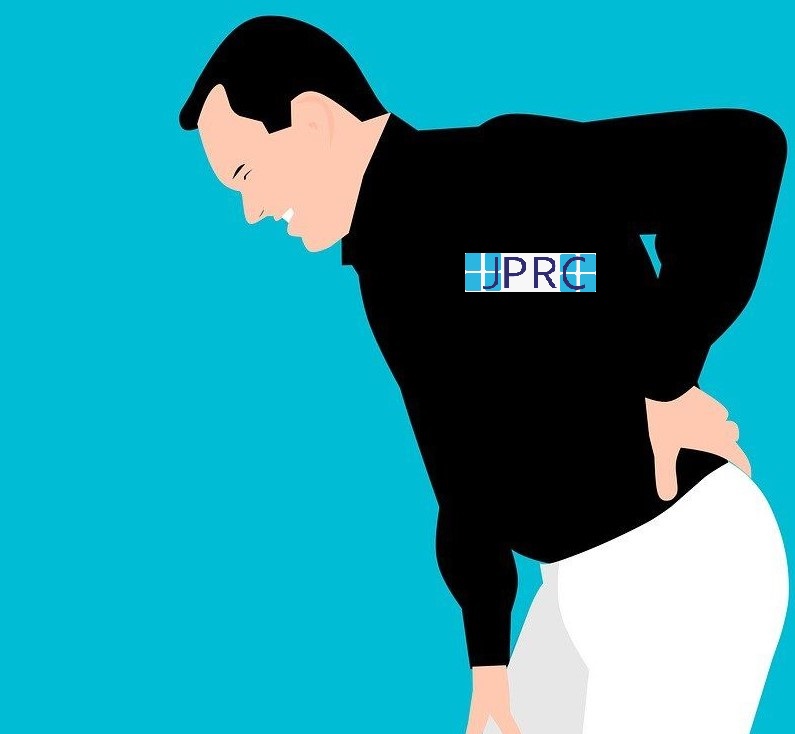
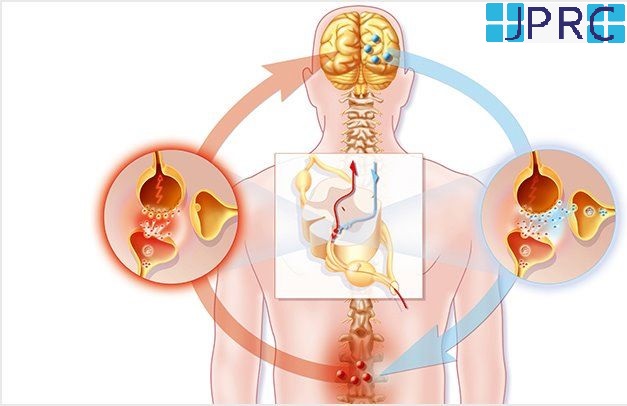


.jpg)
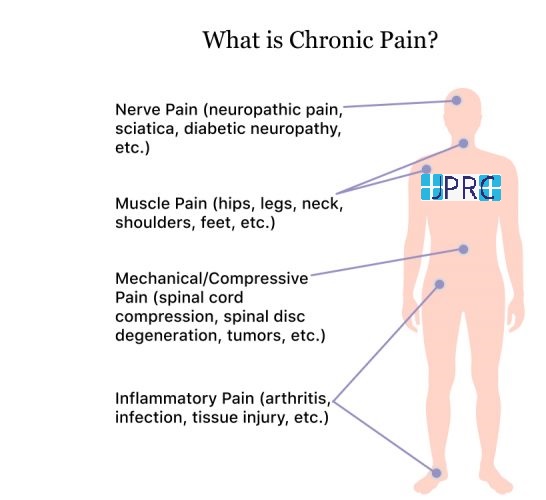



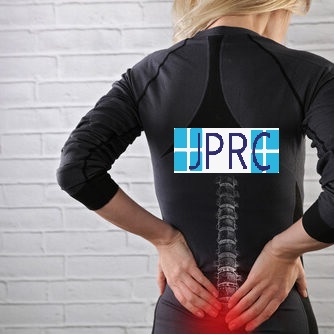


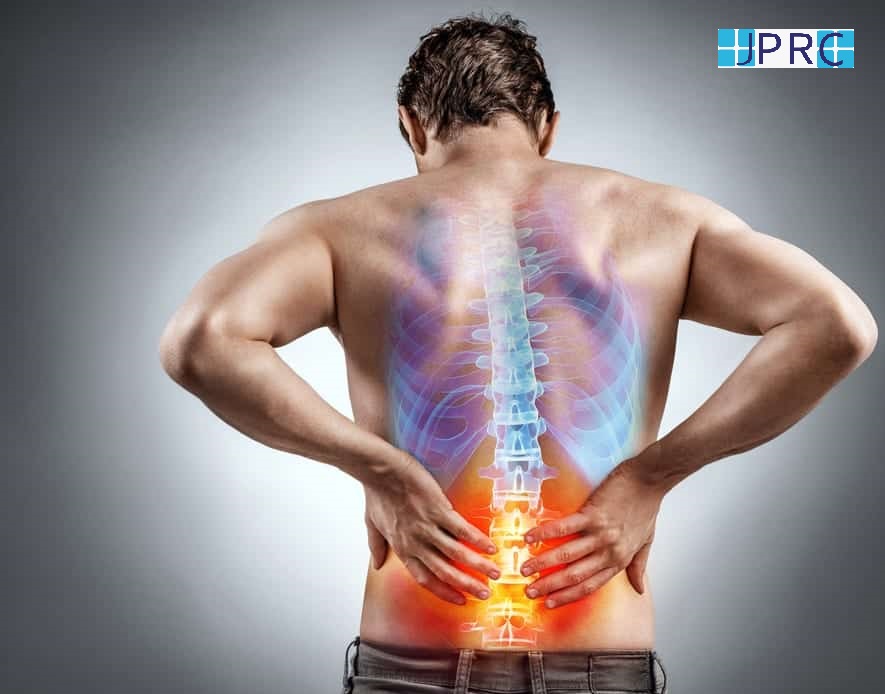
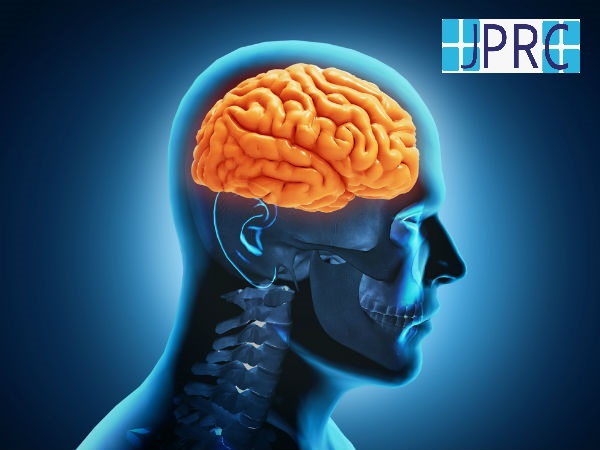

.jpg)




.jpg)
.jpg)
.jpg)



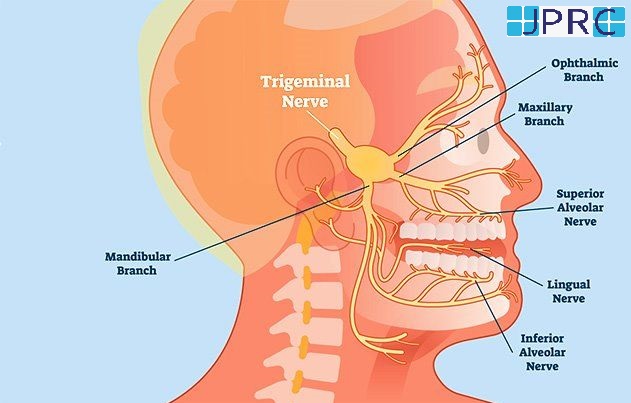



.jpg)
.jpg)
.jpg)
.jpg)
.jpg)
.jpg)
.jpg)
.jpg)
.jpg)
.jpg)
.jpg)
.jpg)
.jpg)
.jpg)
.jpg)
.jpg)
.jpg)
.jpg)
.jpg)
.jpg)
.jpg)
.jpg)




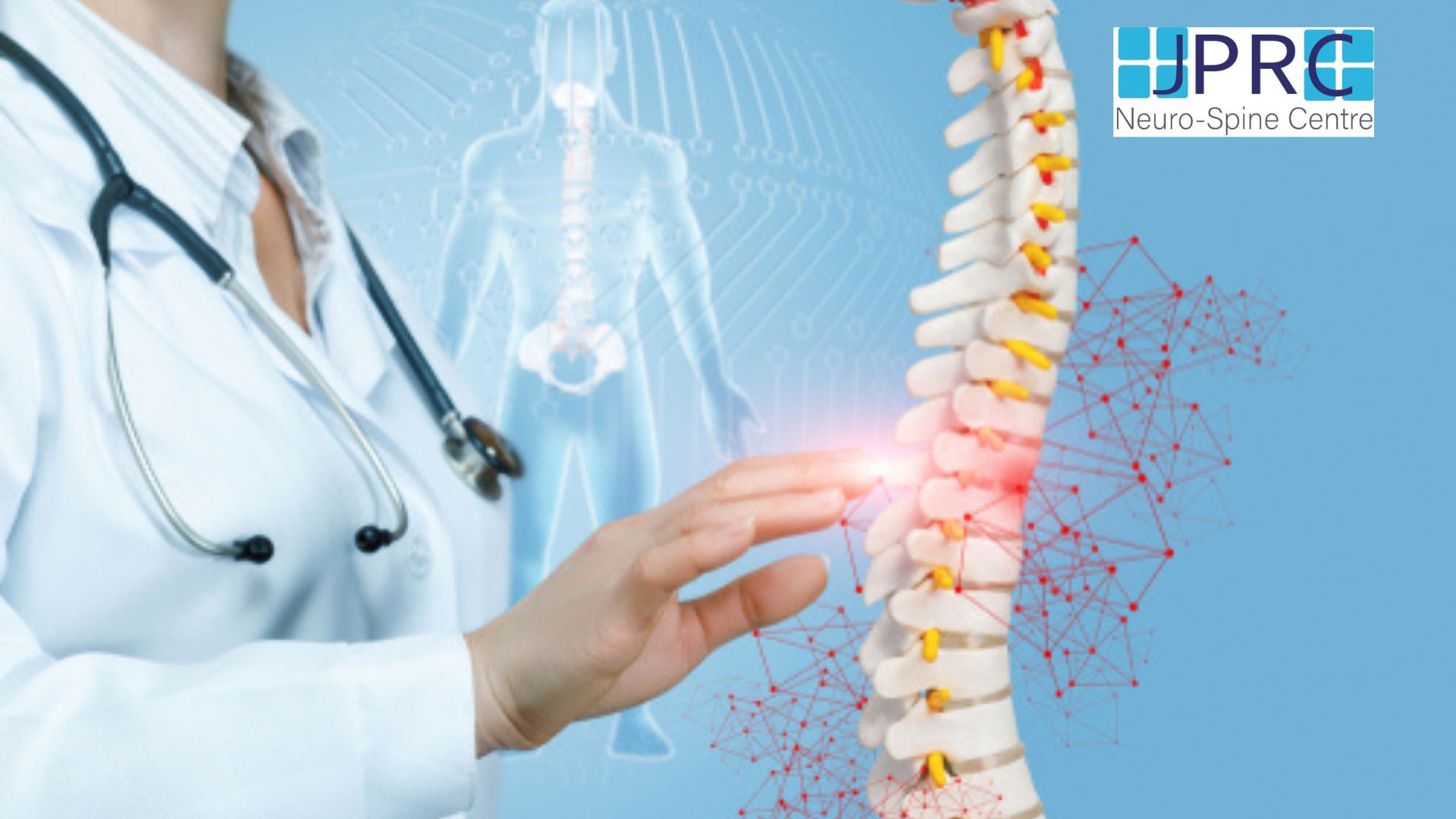

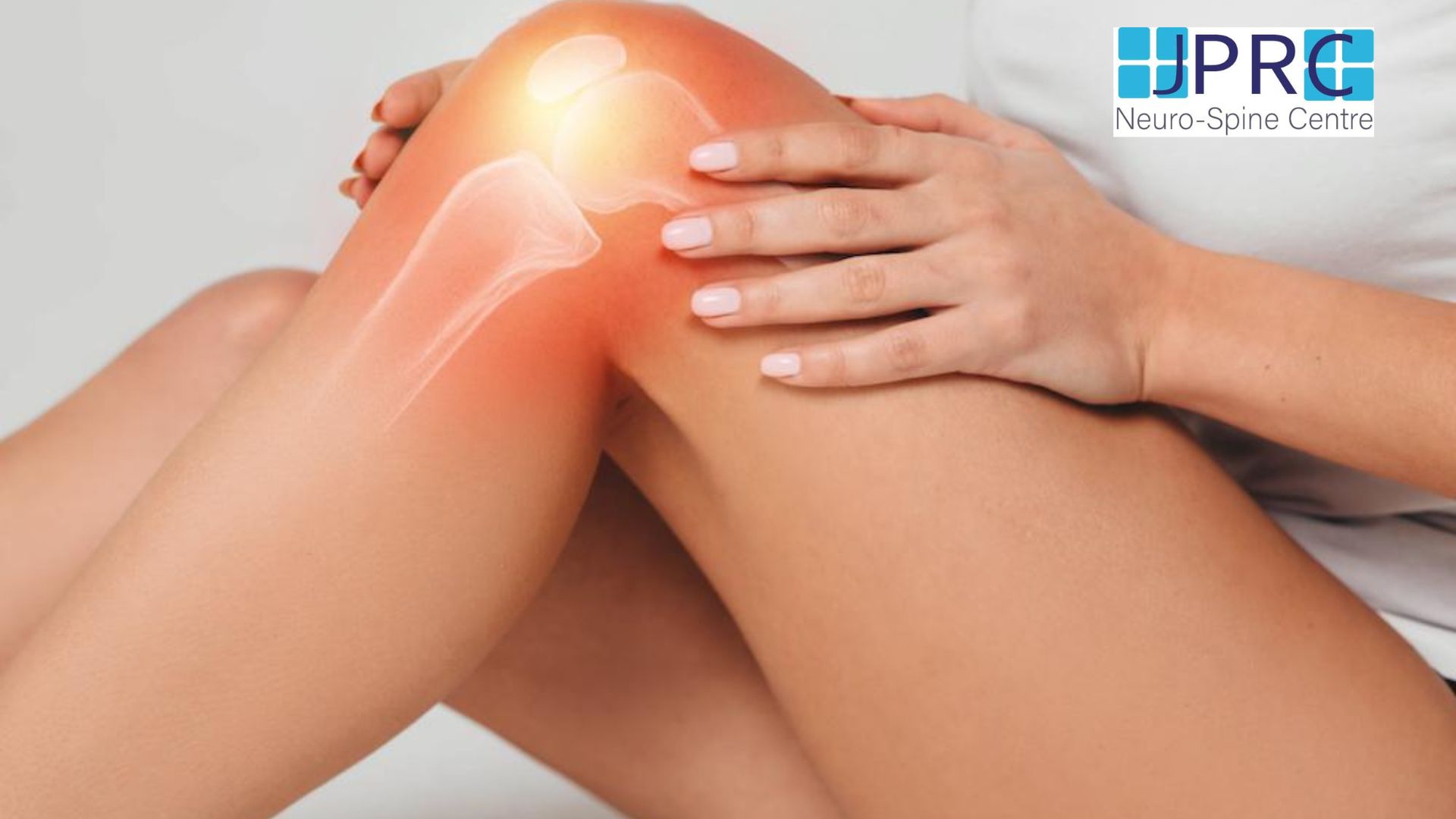

1.jpg)
1.jpg)
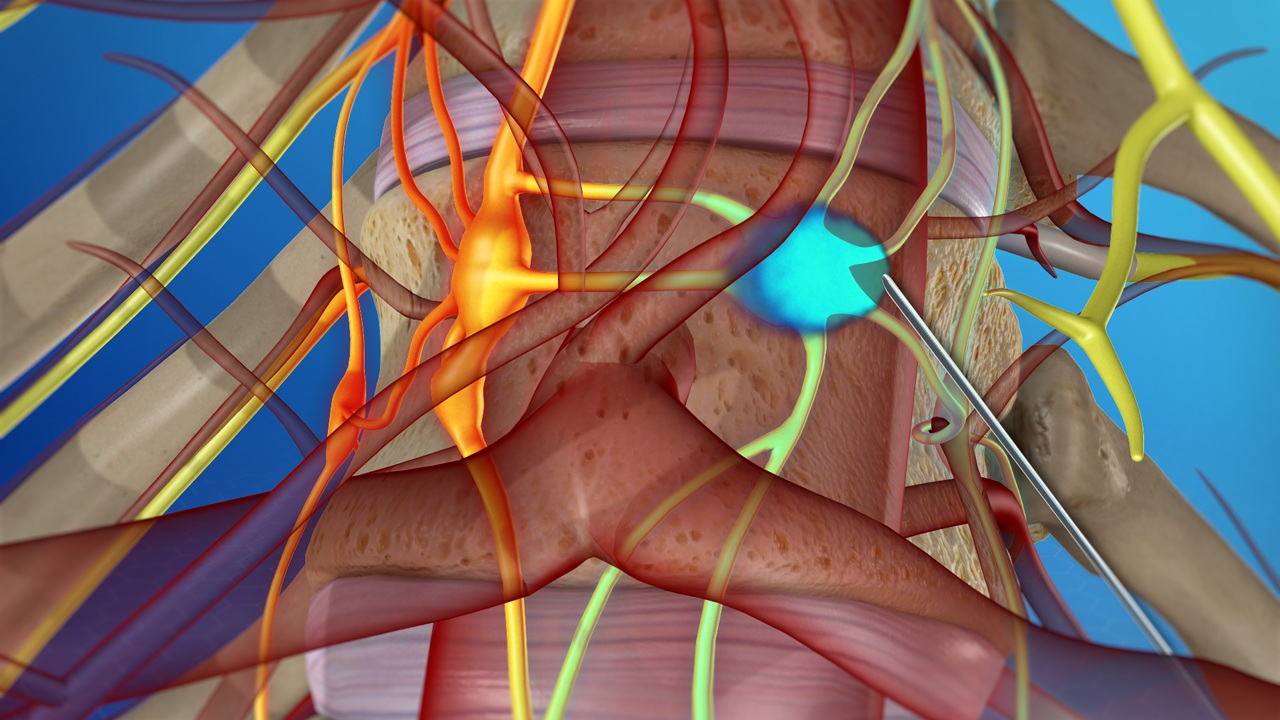
1.jpg)
1.jpg)
1.jpg)
1.jpg)
1.jpg)






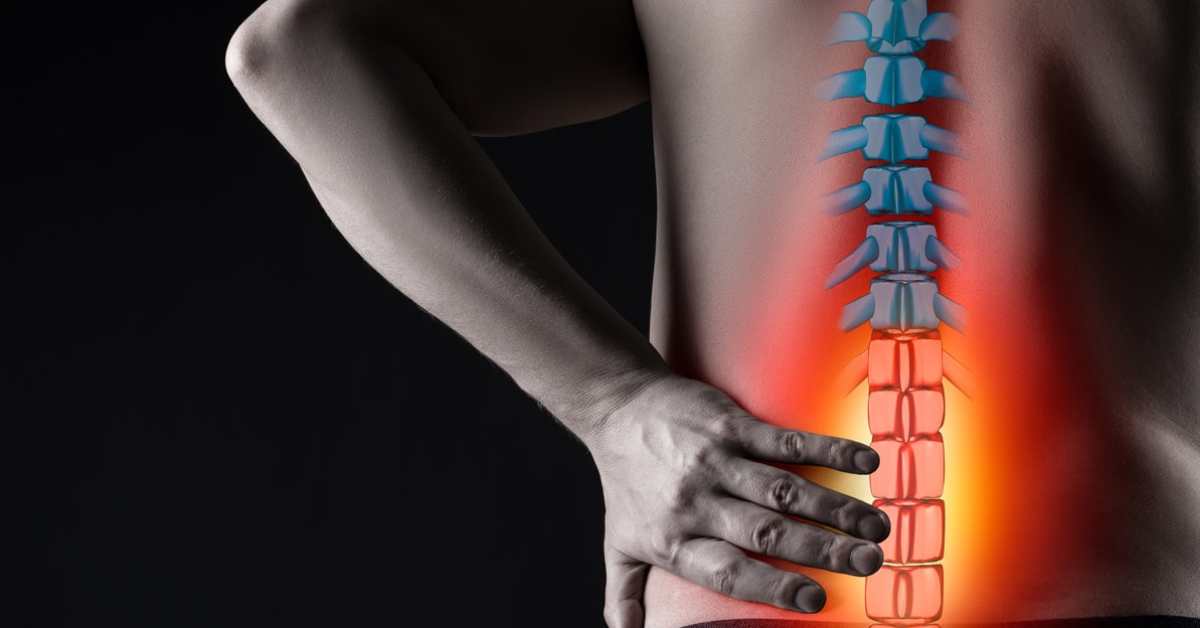


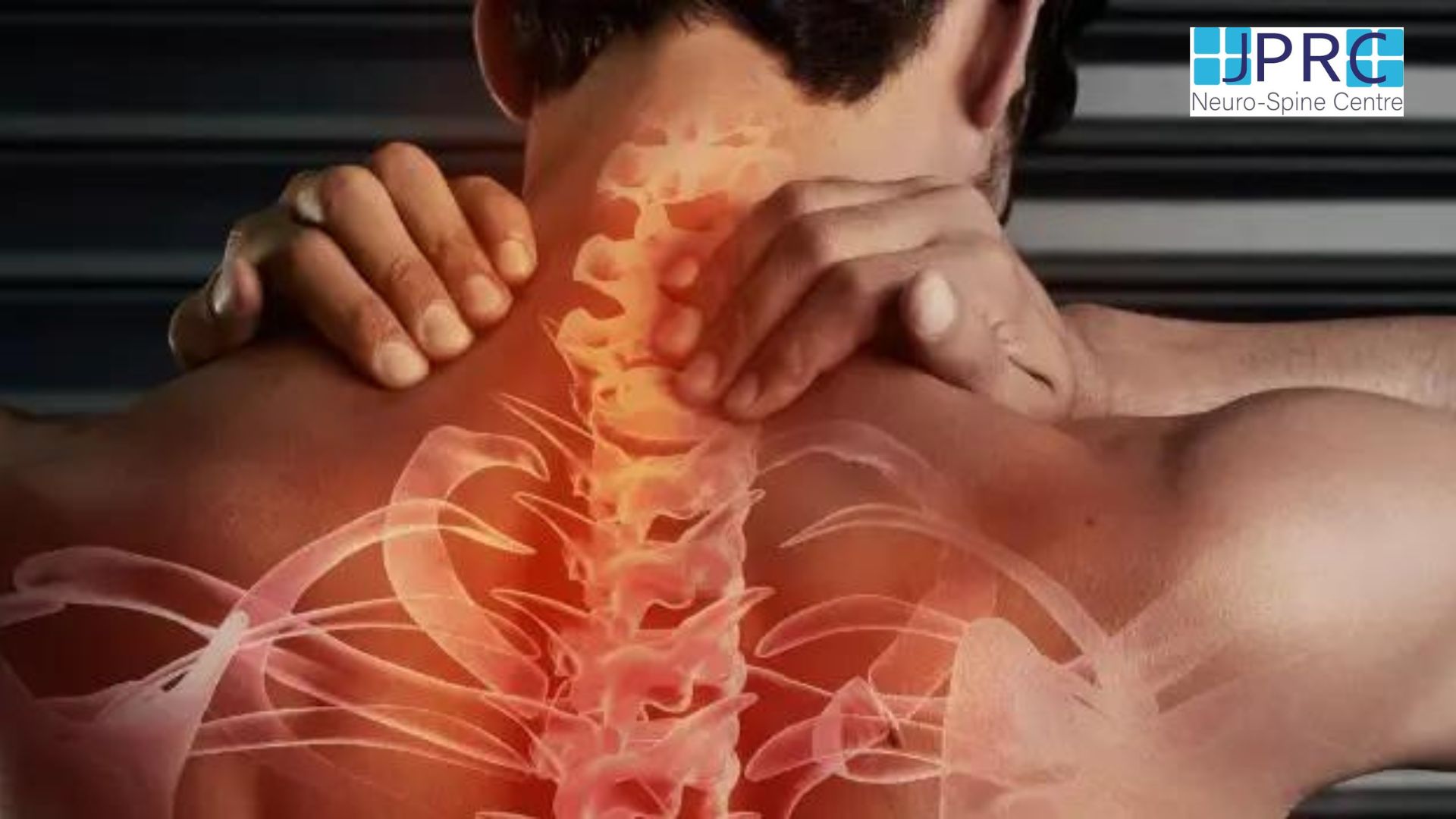
2.jpg)
3.jpg)

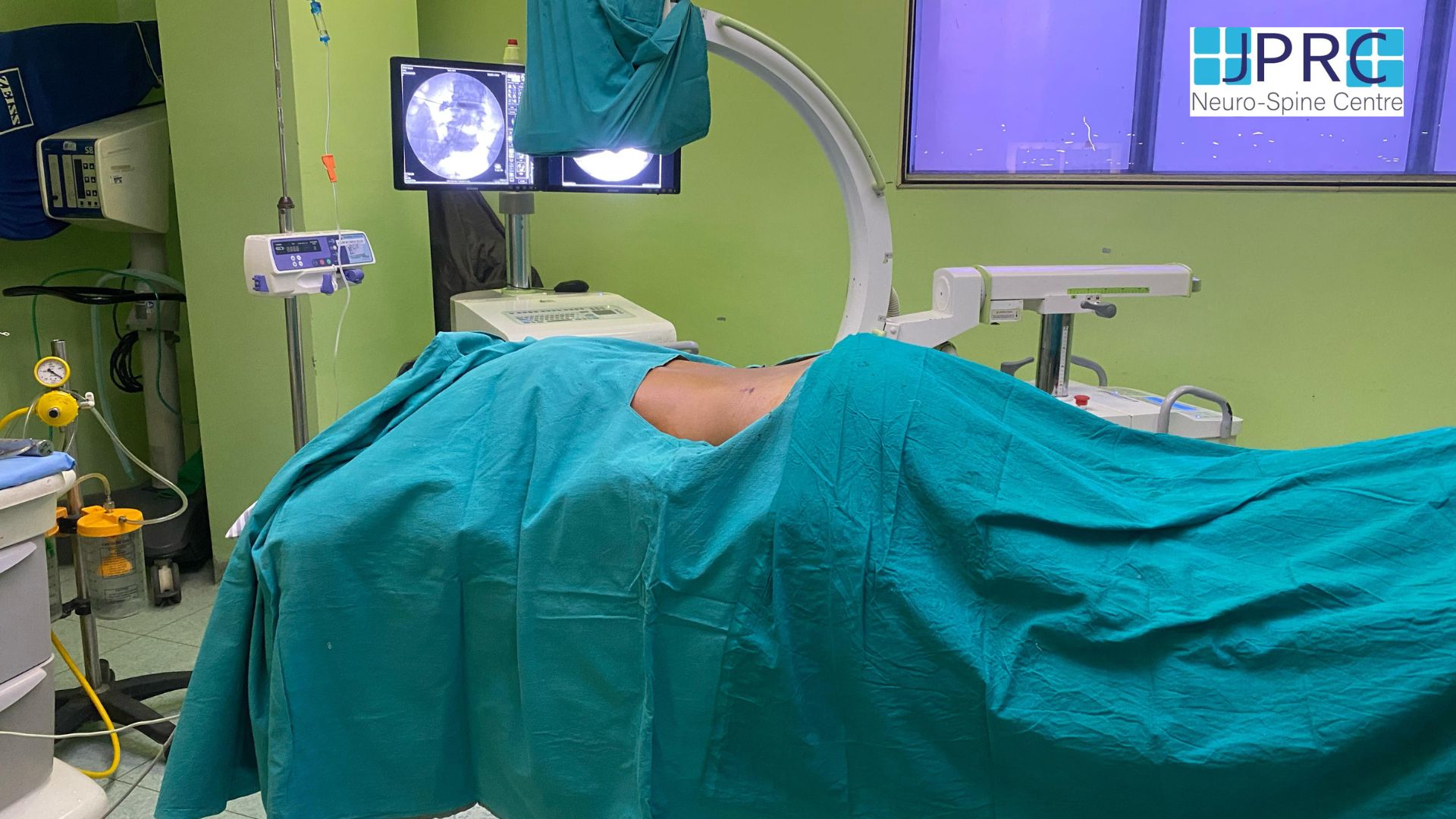
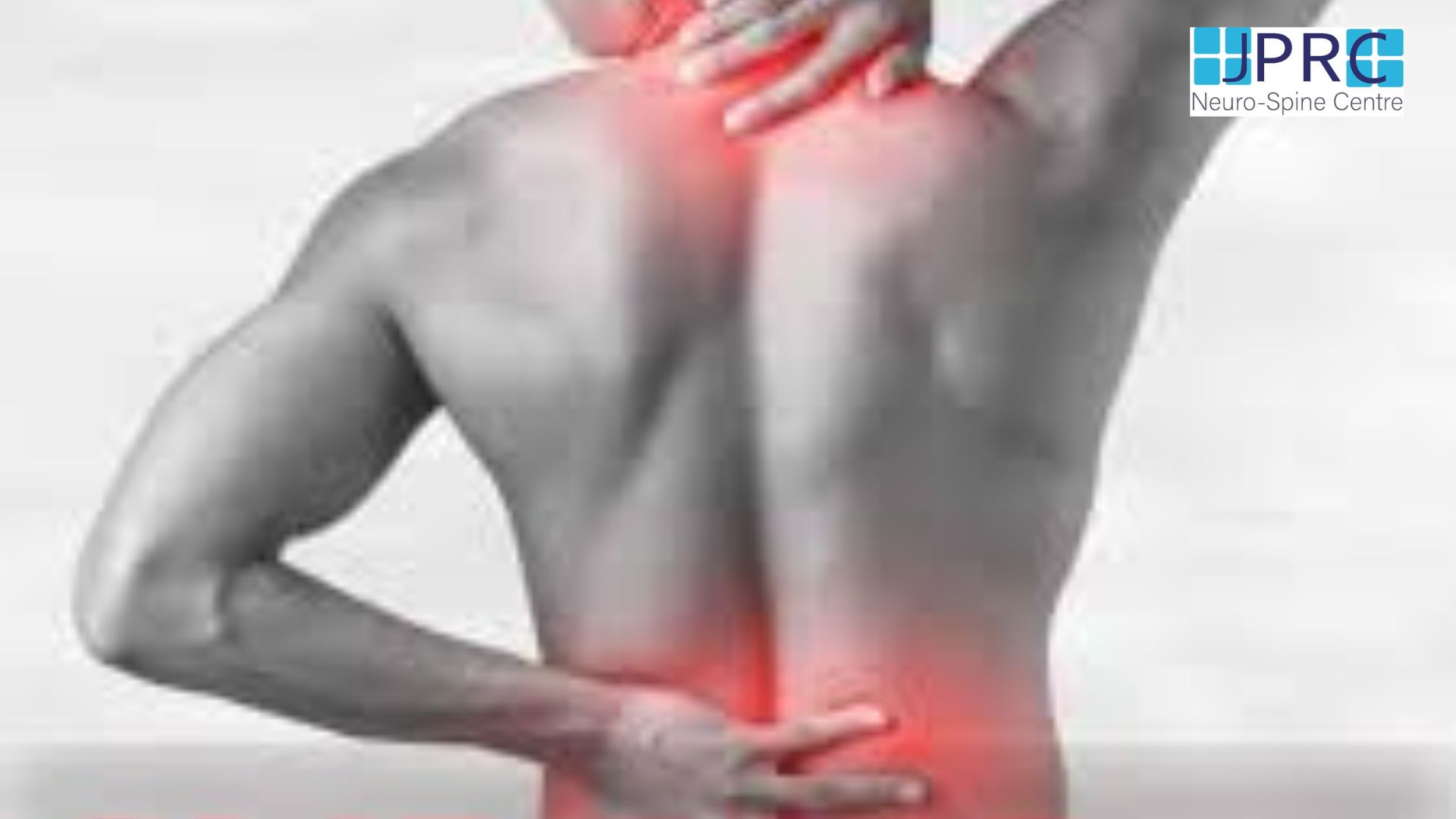
4.jpg)
1.jpg)
2.jpg)
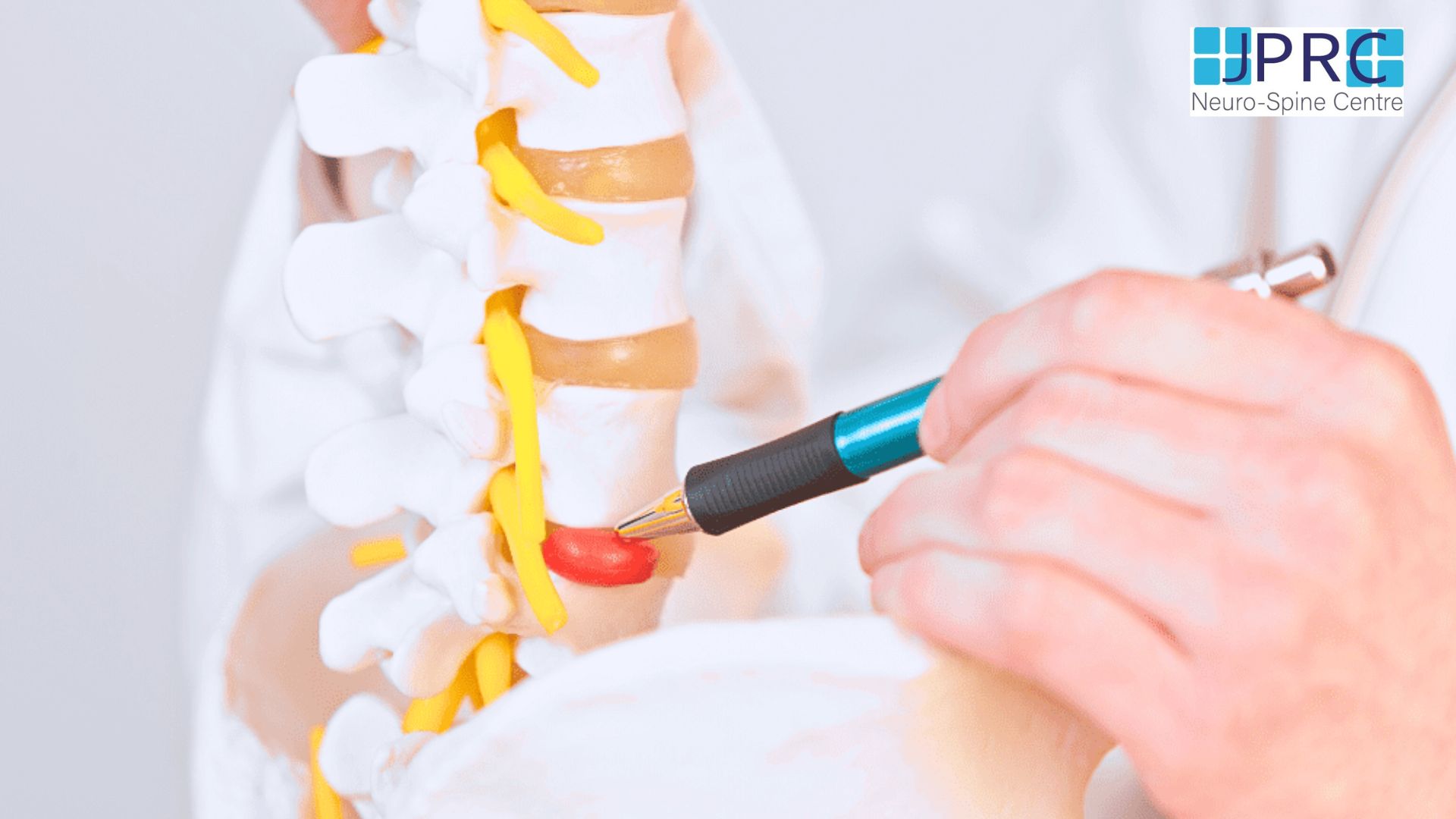
5.jpg)

6.jpg)
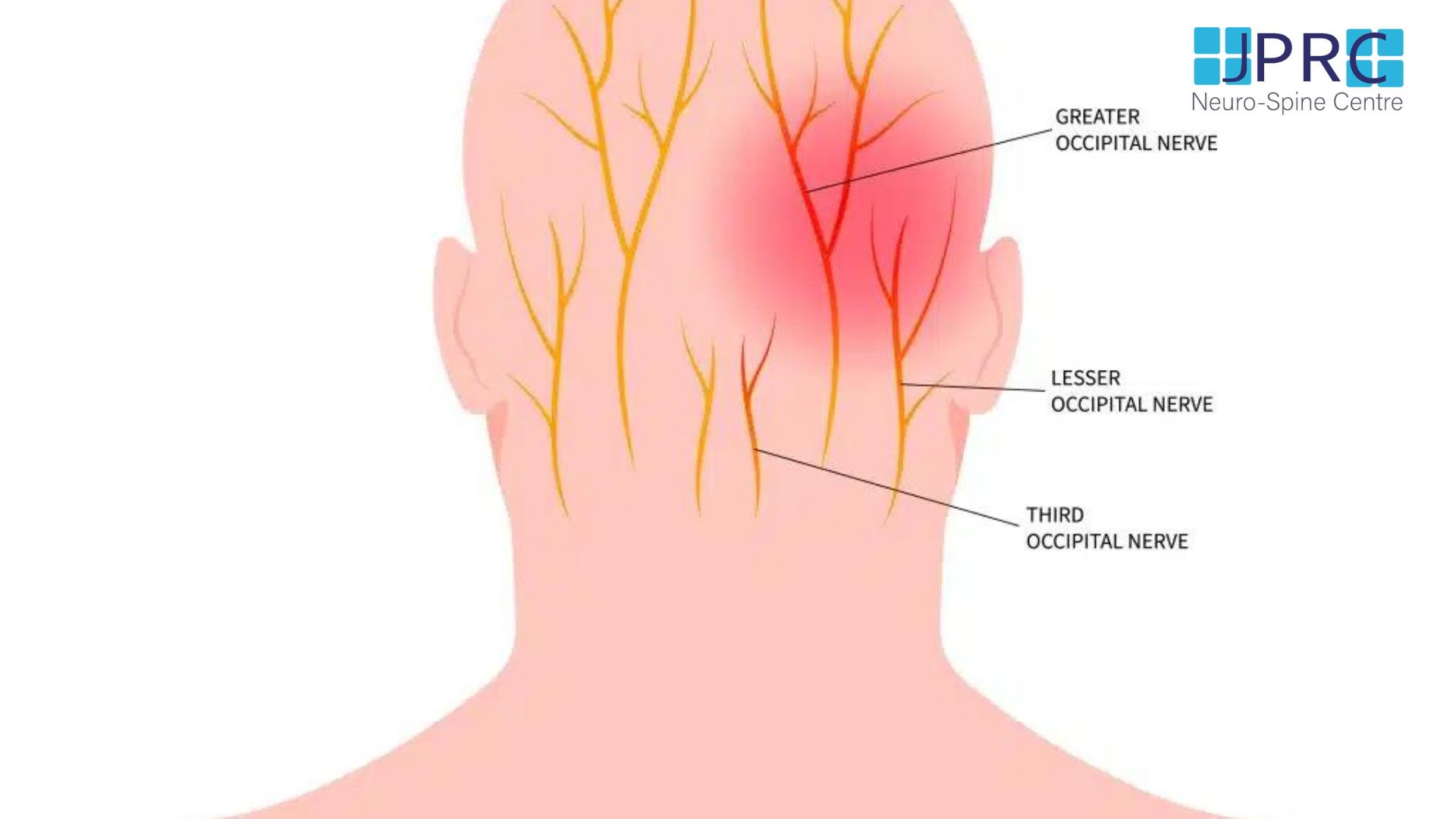
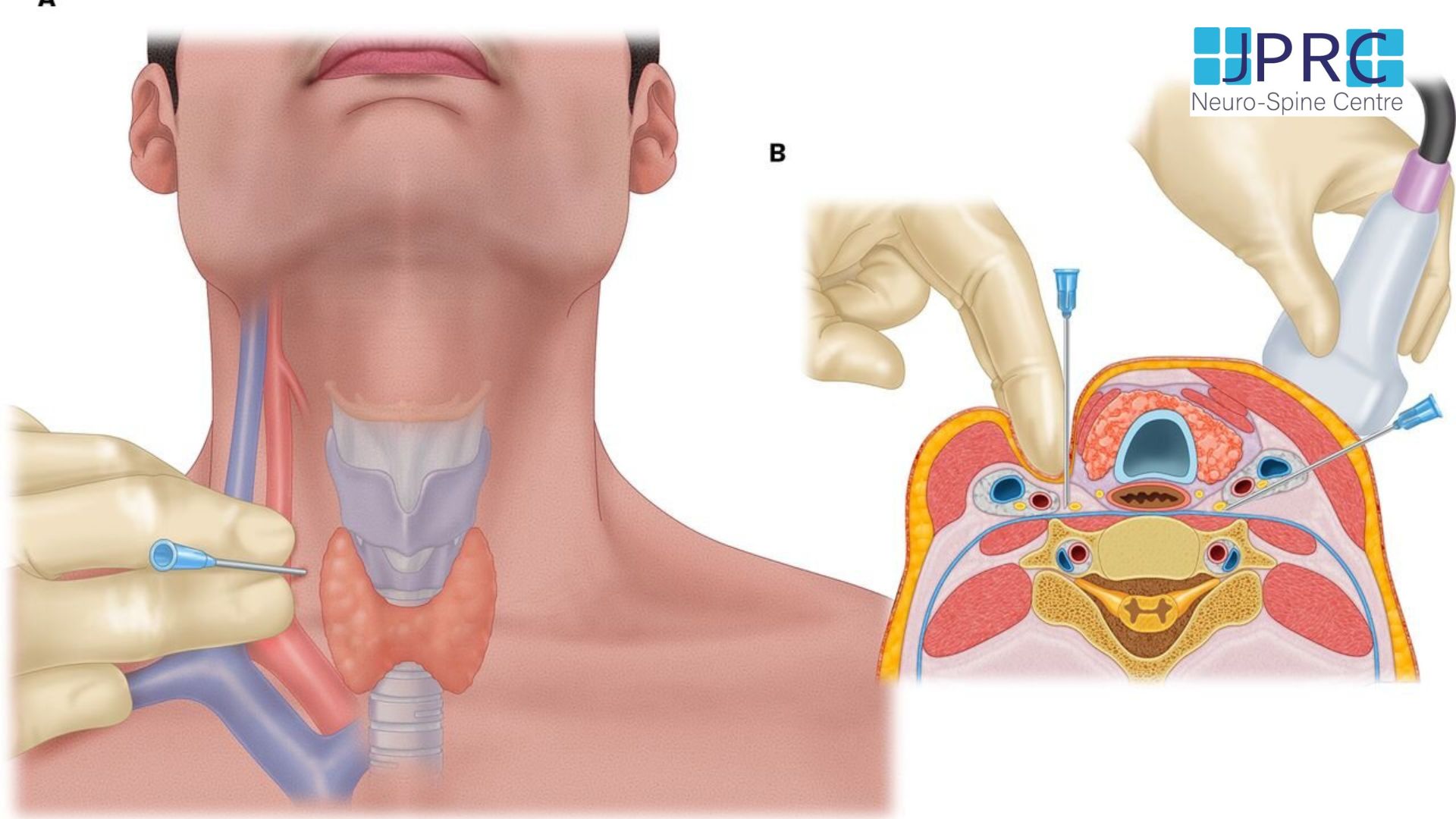


7.jpg)
2.jpg)

8.jpg)

9.jpg)
3.jpg)

10.jpg)

11.jpg)


12.jpg)
4.jpg)


























